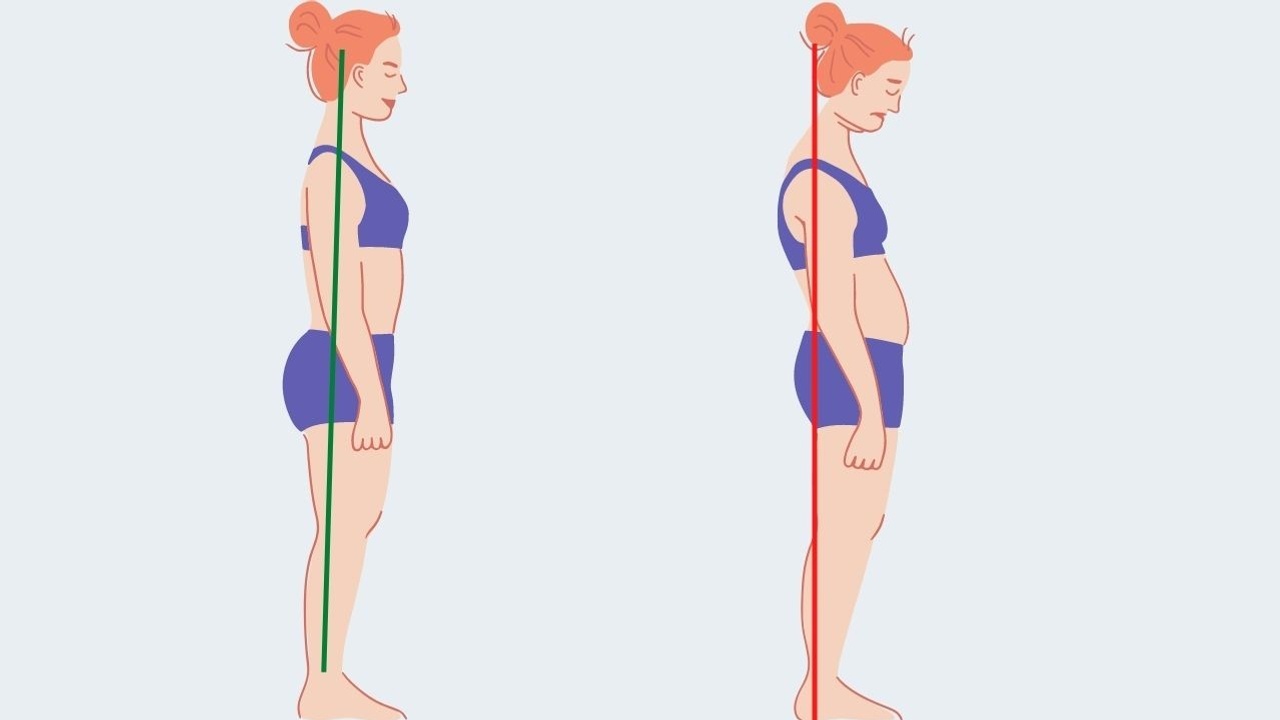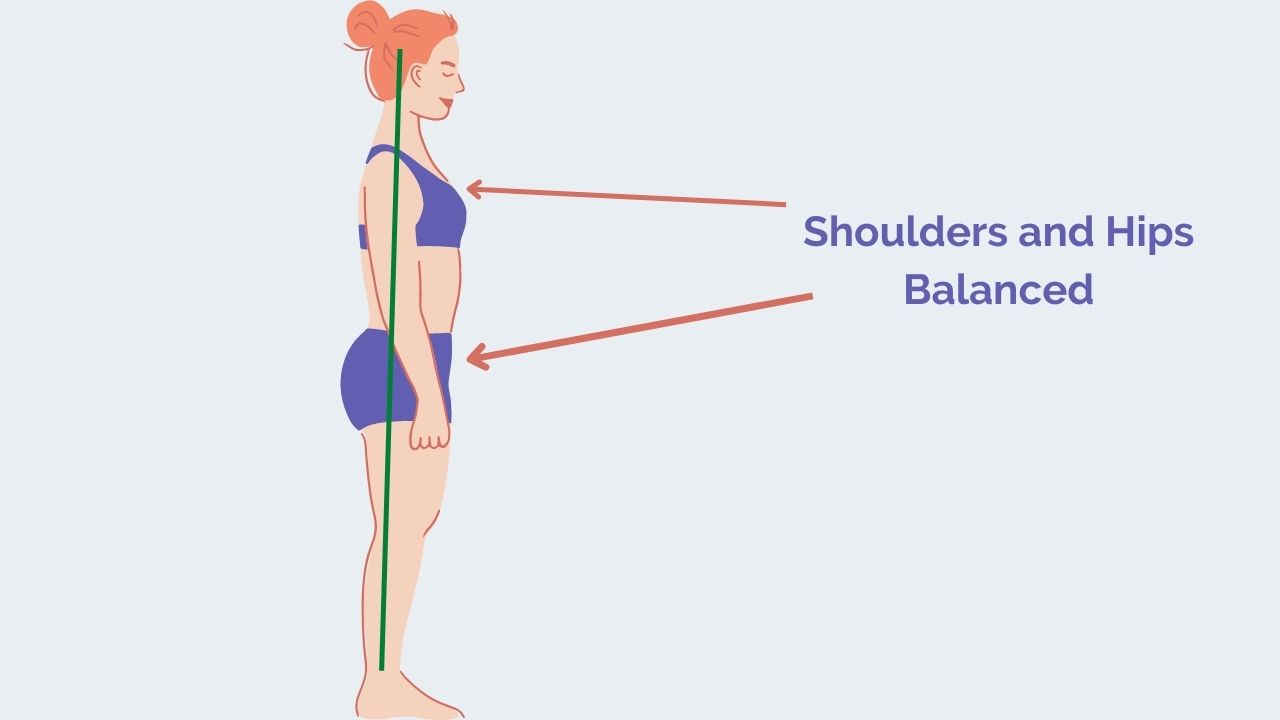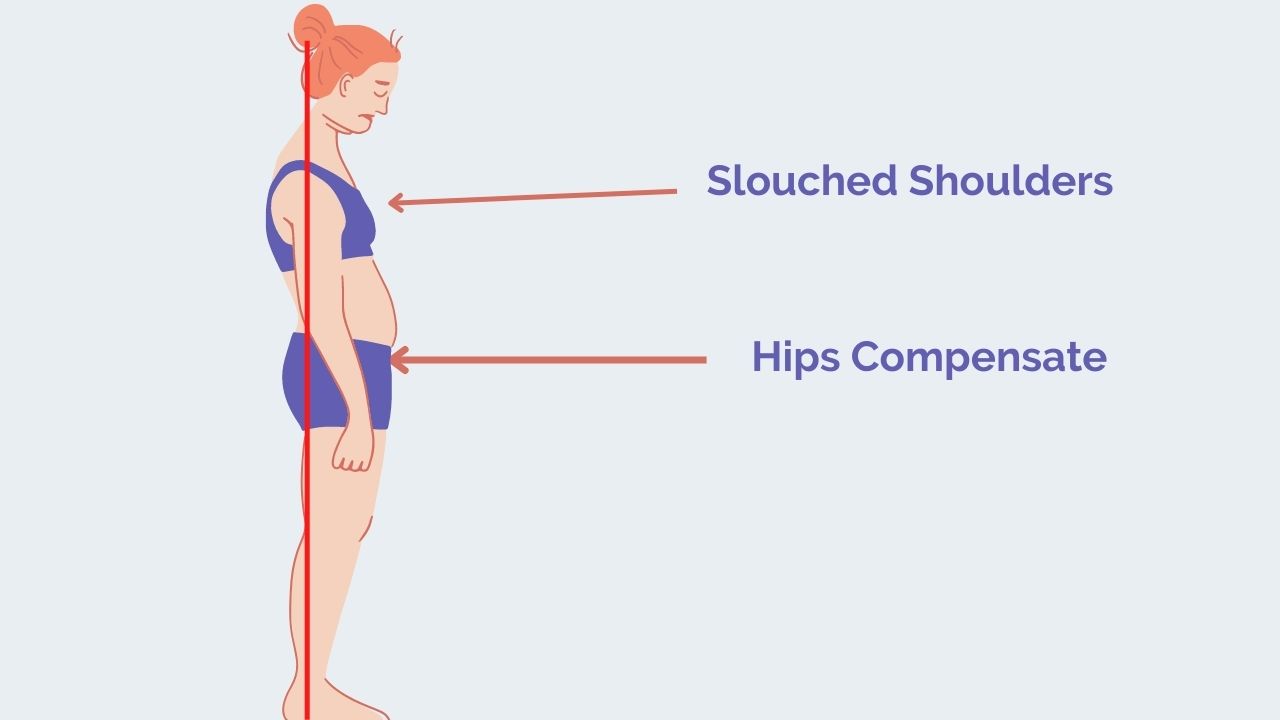The Hip and Shoulder Pain Connection.
Jul 05, 2022
Are you wondering whether your hip and shoulder pain are connected? Are you curious as to whether weak shoulders are causing your hip pain? Or maybe the opposite: you have a sneaky suspicion that weak hips might be behind your shoulder discomfort?
Maybe you’ve tried hundreds of different exercises to strengthen or loosen muscles around the painful joint but aren’t seeing much improvement. And maybe you’ve even seen medical experts and tried physical therapy, injections or even more aggressive methods like surgery.
You’ve probably seen some improvement but there is still a lingering ache that still exists. “How do I get rid of this damn ache for good!?” you might ask. The solution, as you may have predicted by landing on this page, is to focus on the body as a whole.
Nothing in the body works in isolation. Human beings navigate through earth using multi-joint movement patterns. And although we can see some improvements focusing on single joint function, a true pain-free body requires joints that work well together.
In this article, we’ll focus on the two most mobile joints in the human body - the shoulders and hips. This does not mean that other joints don't matter, of course they do. But for many people, when the hips and shoulders start working better together, everything else starts to fall into place a little bit better.
How does the Hip and Shoulder pain Connection Work?
For many people, the idea that poor function in one joint can cause pain in the other can seem like a foreign concept. To make it easier to digest, let’s think about the human body as a stack of joints. We got the ankles, the knees, the hips, and shoulders.
In an ideal world, these joints would stack evenly on top of each other. Our weight would be evenly distributed between the joints so one joint doesn’t have to work harder than another. With the demands of modern day living however, maintaining this weight bearing balance is becoming increasingly challenging.

Sitting behind a desk for hours day after day changes the function of the muscles that attach to our joints. Each person’s musculature is affected differently from this lifestyle. But for many, muscles become dysfunctional which causes joints to get pulled into undesirable positions.
The type of posture and compensation that result vary greatly by individual. The human body is amazingly adaptable and will adopt whatever position the nervous system identifies as most efficient. But for purposes of this article, let’s examine a very common compensatory pattern - slouched shoulders.

With the shoulders slouching forward, the center of mass changes completely. Although the shoulders are theoretically the problem, the second most mobile joint in the body - the hips will have to dramatically change the way it functions. In fact, all the joints underneath the shoulders need to adapt.
Although many people with slouched shoulders will feel pain in the shoulders, discomfort can also be felt in the low back, hips, knees or feet. This is just one common example of how compensation in one joint can cause pain in the other.
To drive home this point, let’s do a little experiment. If you are someone in hip pain, try the first test below. If you are someone in shoulder pain, try the second test below. For many people, they will find that the joints that are pain-free are much weaker than they would expect.
Want to get new exercises in your inbox every week? Sign up for my movement journal below to help you build healthier hips and a more consistent movement practice.
The connection between weak shoulders and hip pain
Try this test if you struggle with hip pain and discomfort. It can be enlightening to see how weak shoulders can be contributing to hip pain. Try the below shoulder circles for 1 minute in each direction as demonstrated in the video.
The connection between weak hips and shoulder pain
Try this test if you struggle with shoulder pain and discomfort. It can be enlightening to see how weak hips can be contributing to shoulder pain. Try the below hip rotations for 3 minutes as demonstrated in the video.
If you found that one of the above tests were difficult for you, that's great! You found a weakness that you can strengthen. Integrate the exercise into your daily movement practice and see whether it improves your pain symptoms.
Closing Thoughts
When first starting to troubleshoot joint pain, it can be beneficial to focus on the symptomatic area. It makes sense to strengthen the muscles around the hip if the hip hurts. And it makes sense to strengthen the muscles around the shoulder if the shoulder hurts.
But eventually we have to zoom out and look at the body globally. Nothing in the body works in isolation. And we set ourselves up for inevitable frustration if we don't start looking at how the whole body works together.
Just because there is pain in a joint, it does not mean that the problem is in that joint. Hopefully this article gives you a tiny glimpse into what's possible if you don't ignore other joints in the body. Good luck and happy hips (and shoulders)!.


